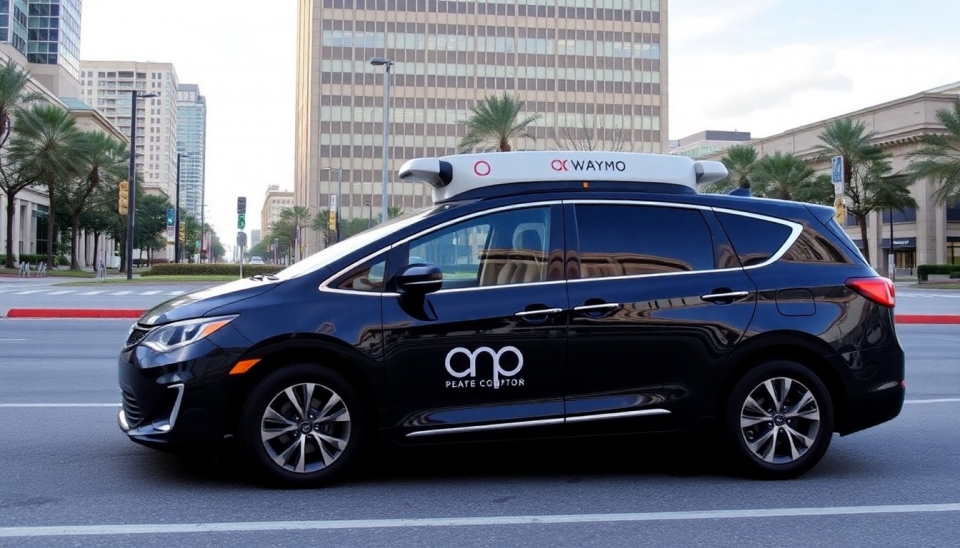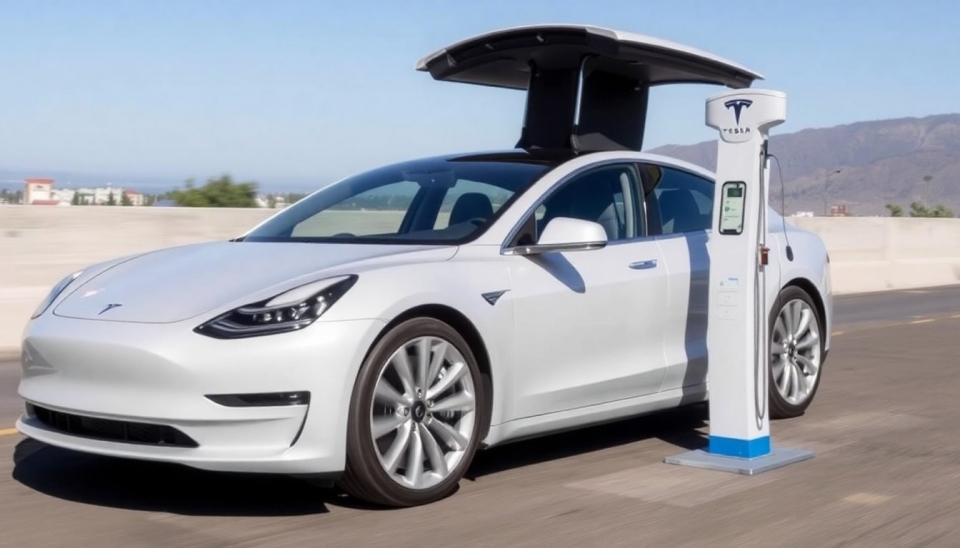
Waymo, the autonomous vehicle division of Alphabet Inc., is making headlines as it expands its self-driving taxi services into new regions. However, this rapid growth has not come without pushback from various communities that raise concerns about the implications of these vehicles operating in their neighborhoods.
The expansion announcement brought excitement for many who see the potential for a modernized transportation system. Waymo, which began as a Google project and became a separate entity under Alphabet, aims to provide safe, efficient, and accessible transportation alternatives. The company has highlighted the benefits that self-driving cars can bring—such as reducing traffic congestion and lowering accident rates. As cities around the United States scramble to modernize their transport infrastructures, Waymo’s plans positioned it at the forefront of this movement.
Despite the optimistic view from Waymo and its supporters, there has emerged a notable wave of criticism and resistance among some community members. Citizens in newly targeted areas express fears over safety, noise pollution, and the potential for job losses in traditional driving sectors. Moreover, critics argue that the technology is not yet ready for widespread adoption without further testing and regulation.
Local residents have reported incidents of Waymo vehicles blocking driveways, interfering with regular traffic, and exhibiting erratic driving behaviors. These experiences have generated enough discontent for community leaders to voice their opposition to the expansion, urging regulators to take a closer look at the implications of self-driving cars sharing space with human-operated vehicles and pedestrians.
In response to the backlash, Waymo has reiterated its commitment to safety and transparency. The company asserts that its vehicles undergo rigorous testing and benefits from continual data analysis in order to mitigate risks. Waymo aims to educate communities about the autonomous technology and foster dialogue regarding the future of transportation in their regions. Collaboration with local governments is a key component of this strategy, as they seek to ensure that the technology fits well within the existing urban landscape.
This tension between innovation and community safety raises essential questions about the acceptance of autonomous technology in everyday life. As cities become increasingly reliant on technology, it is critical to balance progress with public concerns and to find methods for integrating self-driving vehicles into the intricate fabric of urban living.
Waymo's experience serves as an important case study on the dynamic nature of technological advancement in urban environments. Going forward, it will be imperative for stakeholders—ranging from tech companies and government officials to residents—to work collaboratively to address fears, build trust, and find a way to incorporate innovations safely and effectively.
As the discussion surrounding Waymo's expansion continues, the outcome may very well set the tone for how future self-driving initiatives will be perceived and implemented across other regions.
#Waymo #SelfDriving #AutonomousVehicles #Transportation #Innovation #Community #UrbanPlanning #SafetyConcerns
Author: Liam Carter



